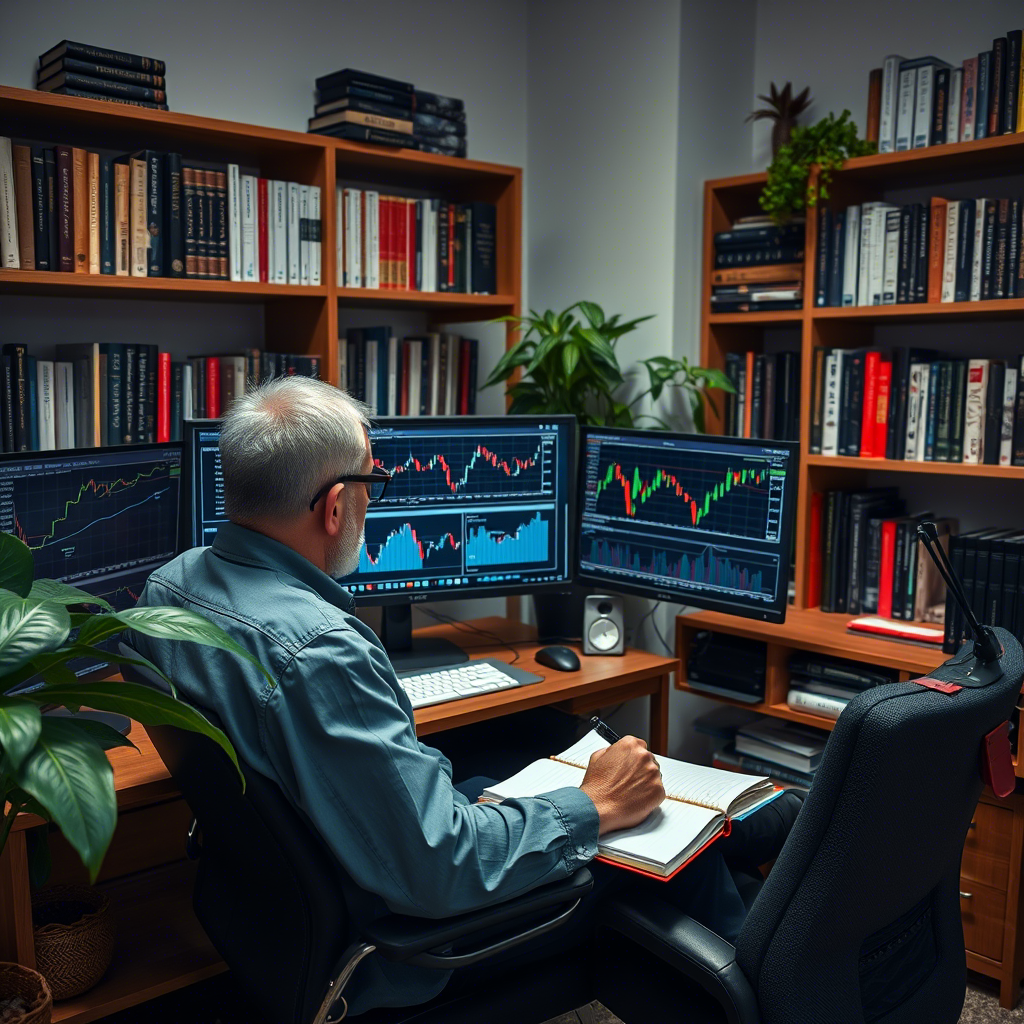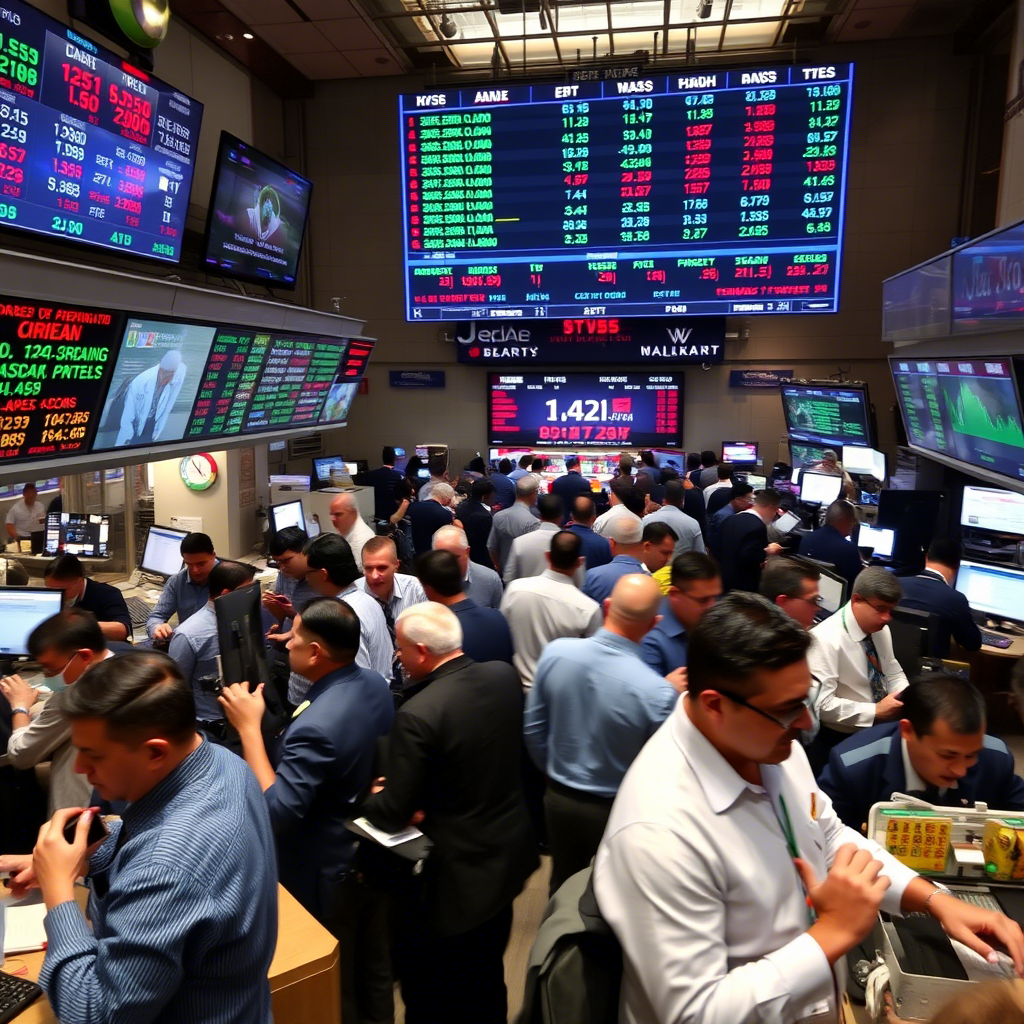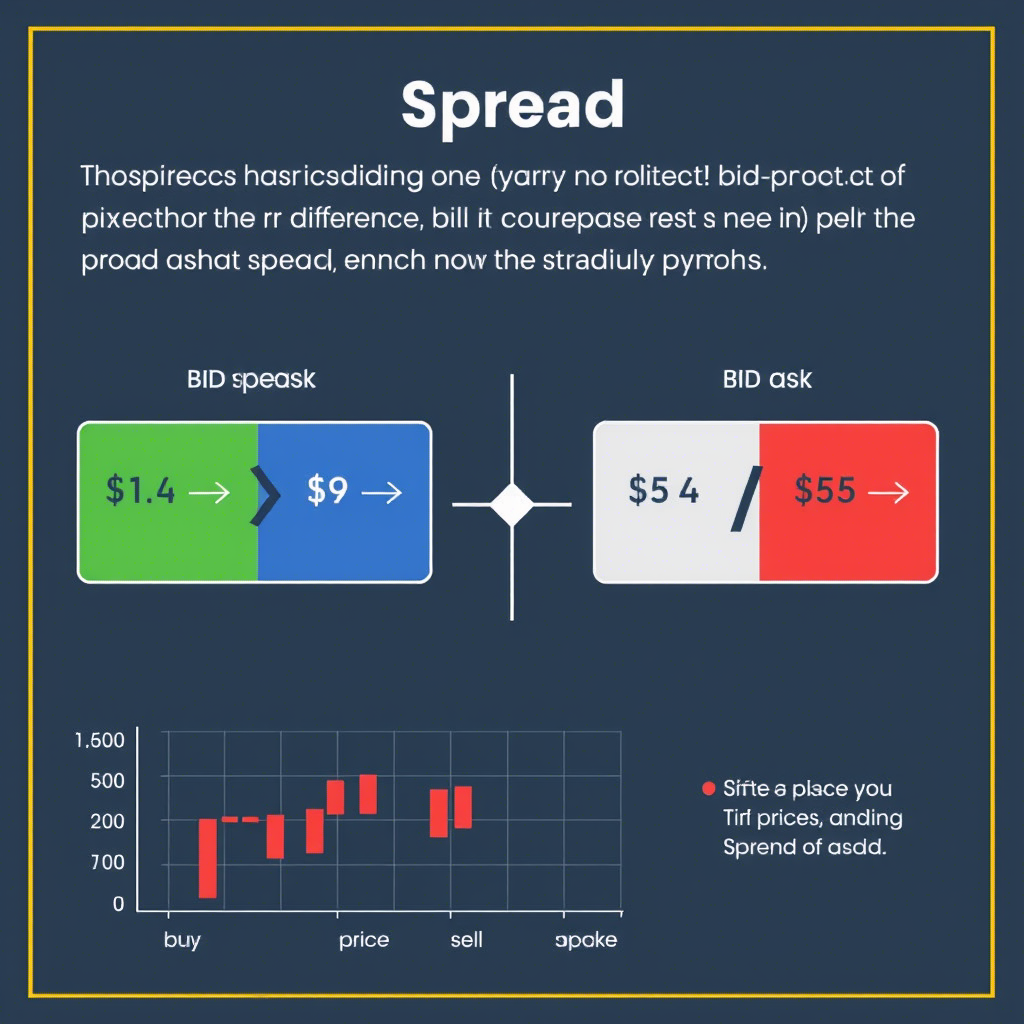Long-Term Currency Trading: A Comprehensive Guide to Building Wealth

Long-Term Currency Trading: A Comprehensive Guide to Building Wealth
Introduction to Long-Term Currency Trading
Long-term currency trading, or forex investing, involves holding currency positions for weeks, months, or years to profit from sustained trends or interest rate differentials in the forex market, the world’s largest financial market with trillions in daily trading volume. Unlike day trading, it focuses on macroeconomic trends and requires less frequent monitoring, making it ideal for beginners seeking to build wealth steadily. This guide covers strategies, risk management, and practical steps for long-term forex success.
Why Long-Term Trading?
Long-term trading aligns with wealth-building goals by leveraging fundamental trends, reducing the stress of daily market fluctuations, and minimizing trading costs. The forex market’s high liquidity, 24/5 operation, and access to leverage make it a viable avenue for sustained gains, provided traders prioritize discipline and risk management.
Key Concepts for Long-Term Trading
- Currency Pairs: Traded in pairs (e.g., EUR/USD), where the base currency’s value is measured against the quote currency.
- Pip: The smallest price movement, typically the fourth decimal place (e.g., 1.4050 to 1.4051 is one pip).
- Spread: The difference between bid (sell) and ask (buy) prices, representing the broker’s fee.
- Leverage: Allows control of larger positions with less capital (e.g., 10:1 leverage means $1,000 controls $10,000), but increases risk.
- Margin: The deposit required to open a leveraged position.
- Interest Rate Differential: The difference in interest rates between two currencies, critical for long-term strategies like carry trading.
Effective Long-Term Trading Strategies
- Carry Trade:
- Concept: Buy a currency with a high interest rate (e.g., AUD) and sell one with a low rate (e.g., JPY), earning the interest differential.
- Tools: Central bank rate announcements, economic calendars.
- Best for: Stable economies and pairs like AUD/JPY or NZD/JPY.
- Example: Hold a long AUD/JPY position to earn daily interest, with a stop-loss below a key support level.
- Trend-Following Strategy:
- Concept: Hold positions in the direction of long-term trends driven by economic growth or policy shifts.
- Tools: 200-day moving averages, Fibonacci retracement, fundamental analysis (e.g., GDP, inflation).
- Best for: Major pairs like EUR/USD or USD/CAD on weekly charts.
- Example: Buy GBP/USD if the UK economy shows sustained growth, confirmed by a bullish 200-day moving average crossover.
- Fundamental-Based Investing:
- Concept: Trade based on macroeconomic factors, such as interest rate hikes or currency strength from strong economic data.
- Tools: Economic indicators (GDP, CPI), central bank statements.
- Best for: Long-term positions in major pairs during stable market conditions.
- Example: Buy USD/CHF if U.S. interest rates rise, anticipating USD strength, with a stop-loss to protect against reversals.
- Hedging Strategy:
- Concept: Use correlated pairs or derivatives to offset potential losses in long-term positions.
- Tools: Correlation analysis, options (if available through your broker).
- Best for: Risk-averse traders holding positions during uncertain economic periods.
- Example: Hold a long EUR/USD position and a short USD/CHF position to hedge against USD volatility.
Risk Management for Long-Term Trading
Long-term trading reduces trading frequency but still requires robust risk management:
- Risk 1-2% Per Trade: Limit losses to 1-2% of your account balance (e.g., $10-$20 on a $1,000 account).
- Stop-Loss Orders: Set wider stops (50-100 pips) to account for long-term volatility, placed below key support levels.
- Risk-Reward Ratio: Aim for 1:3 or higher (risk $100 to gain $300) to justify holding positions.
- Low Leverage: Use 5:1 or 10:1 leverage to minimize the impact of market swings.
- Diversify Pairs: Spread risk across major pairs (e.g., EUR/USD, AUD/JPY) to avoid overexposure.
- Periodic Reviews: Reassess positions quarterly to align with changing economic conditions.
Steps to Start Long-Term Trading
- Learn Forex Fundamentals: Study economic indicators, central bank policies, and their impact on currencies.
- Choose a Regulated Broker: Select a broker with low spreads, swap fees (for overnight positions), and platforms like MetaTrader 4/5.
- Open a Demo Account: Practice long-term strategies for 3-6 months to understand market trends and risk management.
- Build a Trading Plan:
- Choose 1-2 strategies (e.g., carry trade, trend-following).
- Define entry/exit rules based on fundamentals (e.g., interest rate hikes) or technicals (e.g., 200-day SMA).
- Set risk limits and review intervals (e.g., monthly).
- Analyze Markets:
- Use fundamental analysis for direction (e.g., GDP growth, rate differentials).
- Use technical analysis for entry/exit timing (e.g., moving averages, support levels).
- Start Small: Trade micro lots (1,000 units) in a live account with $500-$1,000.
- Review Quarterly: Evaluate positions to adjust for economic shifts or strategy performance.
Tools for Long-Term Trading
- Economic Calendars: Track GDP, CPI, and central bank announcements to guide strategy.
- Trading Platforms: MetaTrader 4/5 for weekly/monthly charts and automated stop-losses.
- Fundamental Data Sources: Monitor central bank reports and economic indicators for insights.
- Swap Calculators: Calculate overnight interest (swap fees) for carry trades.
- Charting Tools: Use indicators like 200-day SMA or Fibonacci retracement for trend confirmation.
Tips for Beginners
- Focus on Major Pairs: Trade EUR/USD or USD/JPY for high liquidity and lower swap fees.
- Monitor Central Banks: Follow Federal Reserve, ECB, or Bank of Japan statements for policy clues.
- Combine Analysis: Use fundamentals for strategy direction and technicals for precise entries/exits.
- Keep a Trading Journal: Log positions, including economic rationale and outcomes, to refine strategies.
- Stay Patient: Long-term trading requires waiting for macroeconomic trends to develop.
- Limit Trading Frequency: Avoid frequent adjustments to positions to reduce costs and maintain focus.
Common Pitfalls to Avoid
- Overleveraging: High leverage (e.g., 50:1) risks large losses during unexpected market moves.
- Ignoring Swap Fees: Overnight fees can erode profits in carry trades; check broker rates.
- Neglecting Risk Management: Wide stops are needed, but skipping them risks unlimited losses.
- Reacting to Short-Term Noise: Avoid closing positions due to daily fluctuations; focus on long-term trends.
- Lack of Research: Trading without understanding economic drivers leads to poor decisions.
Psychological Discipline
Long-term trading requires patience and emotional resilience. Avoid reacting to short-term market noise or exiting positions prematurely due to fear. Greed can lead to overleveraging or holding losing trades too long. Develop a routine, such as reviewing economic data weekly, and stick to your plan. Regular breaks maintain clarity and prevent impulsive decisions.
Building Wealth Over Time
Long-term currency trading builds wealth through consistent gains from interest differentials or sustained trends. Strategies like carry trading can yield 3-5% annually in interest, compounded by price appreciation. With disciplined risk management and periodic reviews, beginners can achieve steady growth while minimizing stress compared to day trading.
Practical Steps to Begin
- Study Fundamentals: Learn how GDP, interest rates, and central bank policies impact currencies.
- Set Up a Platform: Use MetaTrader 4/5 with weekly charts and economic calendars.
- Practice in a Demo Account: Test carry trades or trend-following for 3-6 months.
- Trade Major Pairs: Focus on EUR/USD or AUD/JPY for liquidity and trend stability.
- Start Small: Open a live account with $500-$1,000 and trade micro lots.
- Review Quarterly: Assess positions based on economic changes and strategy performance.
Conclusion
Long-term currency trading offers a strategic path to building wealth in the forex market. By mastering strategies like carry trading and trend-following, focusing on major pairs, and prioritizing risk management, beginners can achieve sustainable profits. Start with a demo account, combine fundamental and technical analysis, and maintain discipline to navigate economic cycles. With patience, continuous learning, and emotional control, long-term trading can lead to significant financial growth in the forex market.




